Direct‐write and 3D printing using liquids metals provides an interesting alternative for wiring in circuitry.
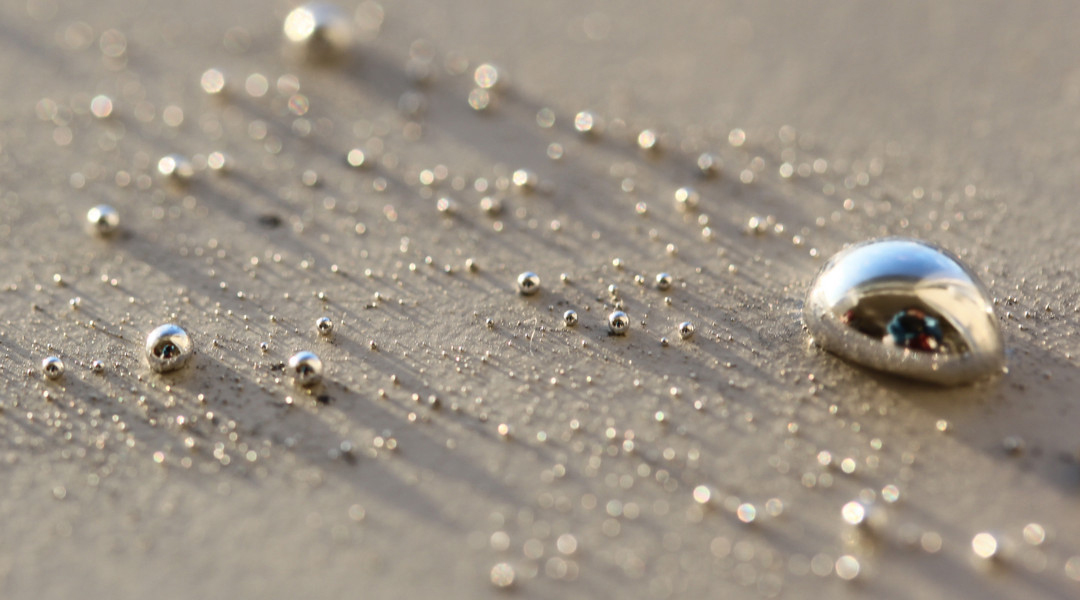


Direct‐write and 3D printing using liquids metals provides an interesting alternative for wiring in circuitry.

Researchers at KIT in Germany demonstrate reverse surface wettability by salinization.
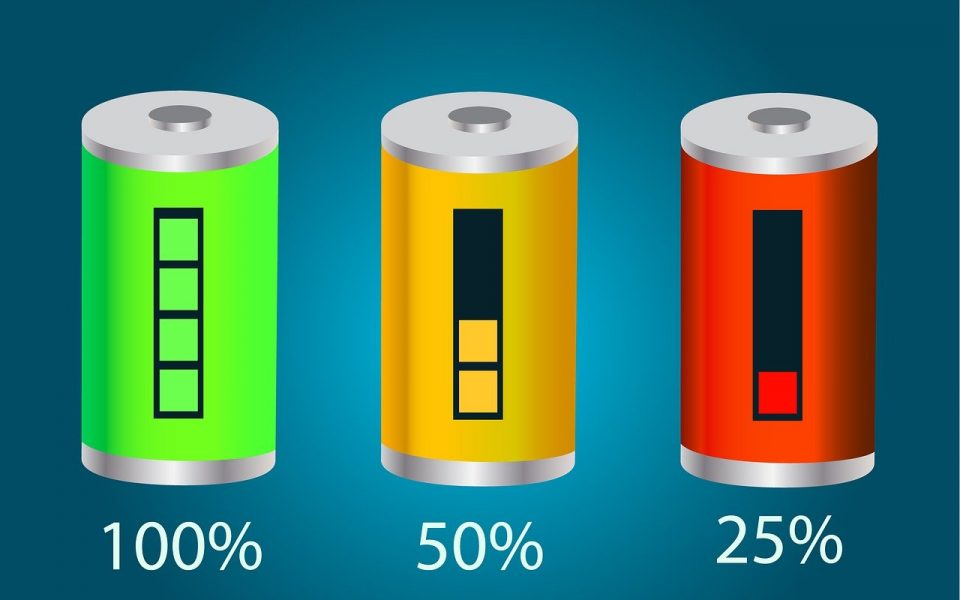
A new dielectric coating could help solve a long-standing problem and enhance the performance of lithium-rich materials.
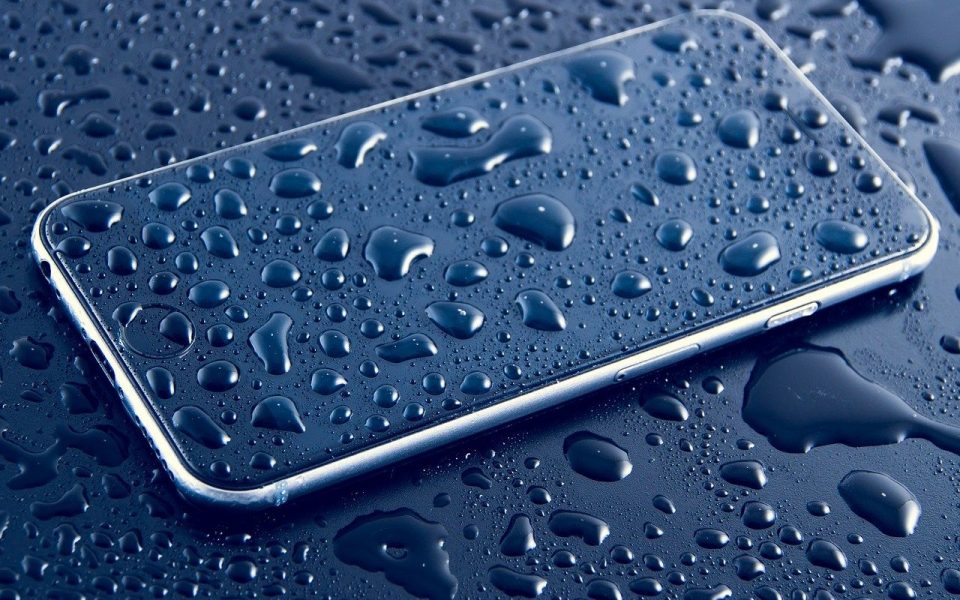
A cost‐effective and environmentally benign inkjet‐printing technique with resolution of less than 10 µm.
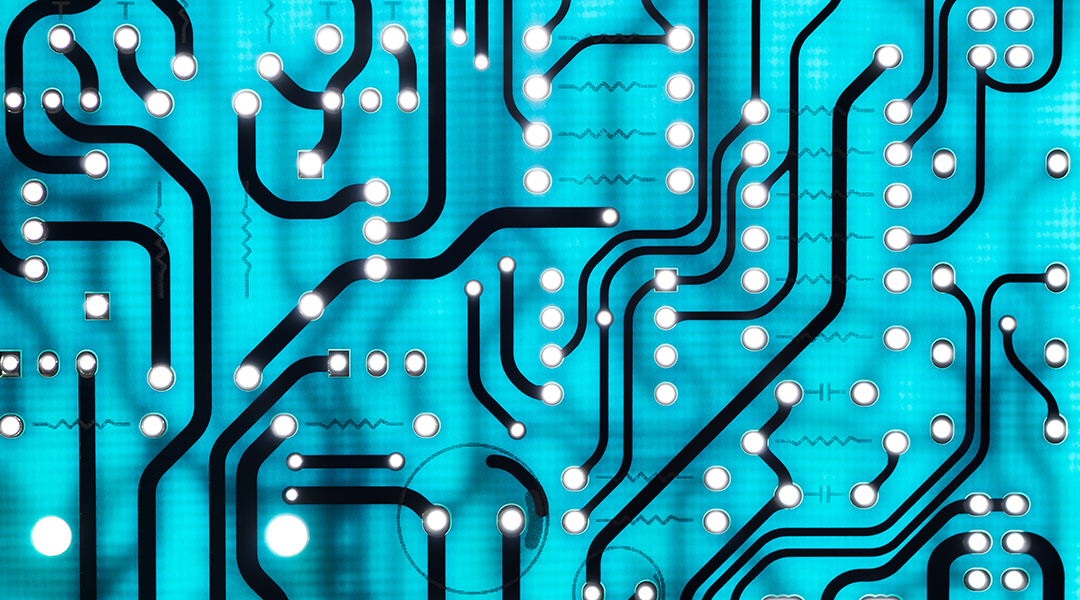
Bridging the gap between biology and electronics, researchers develop biocompatible materials for next generation biosensors, cell monitoring, neuromorphic computing, and more.

Inspired by the water collecting abilities of the cactus, researchers create a biomimetic water collection system through 3D printing.
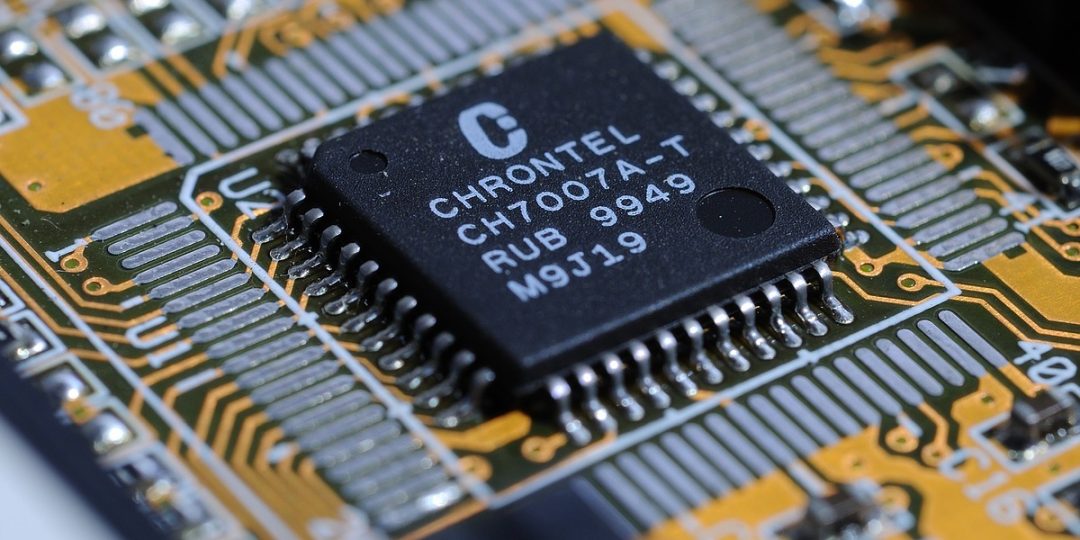
Exploring advances in building 2D and 3D structures through lithography and additive manufacturing.

What does cooking in your kitchen have in common with printed electronics? More than one would think! Sintering is a widely used technique for bonding particles into coherent structures, imparting increased strength and integrity. Due to its low cost, and reliability,...
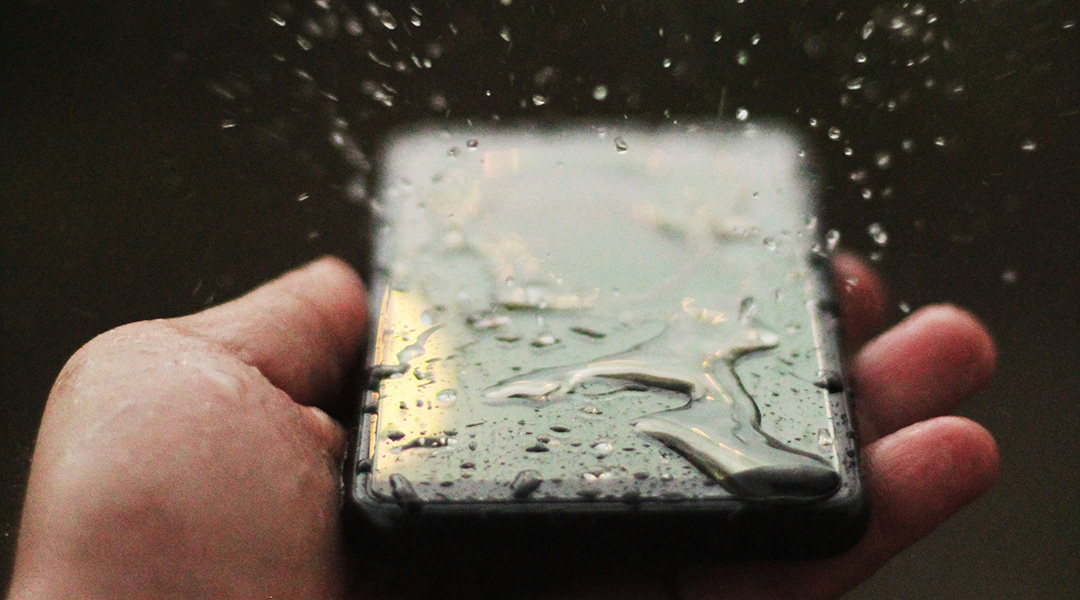
Researchers report flexible, conductive and waterproof fibers for wearable, underwater electronics.
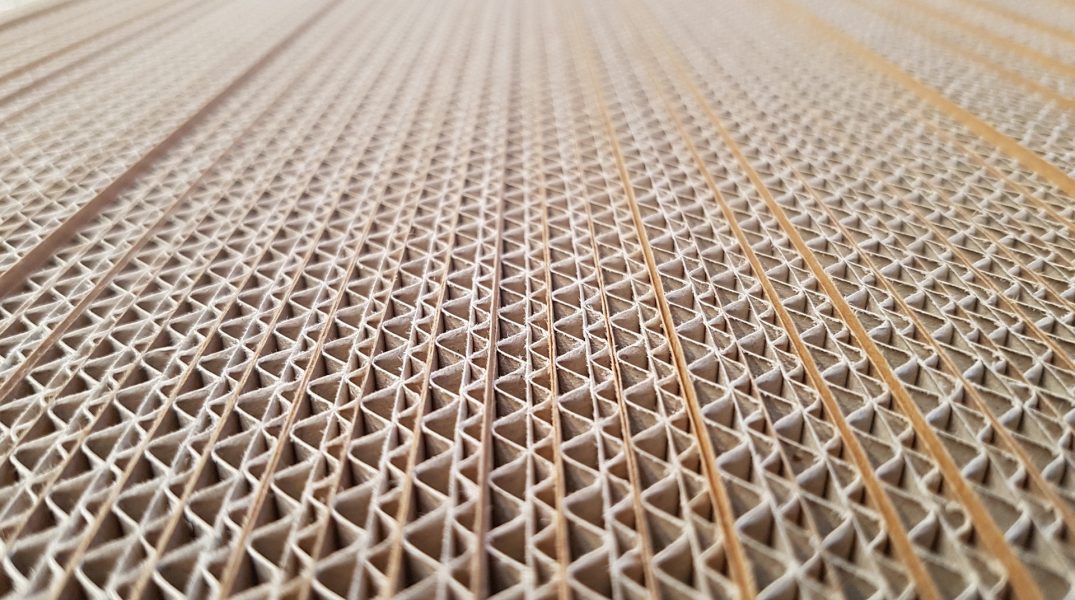
A team of researchers from the University of Washington have created programmable cellular structures.